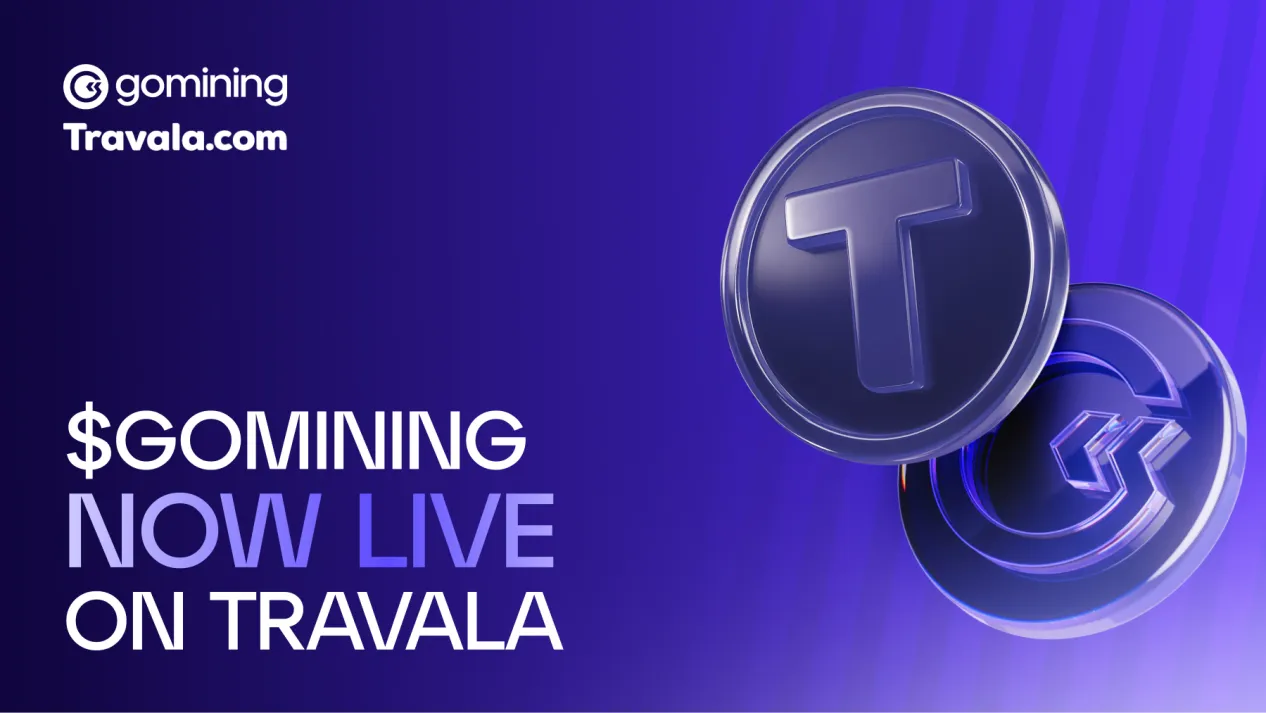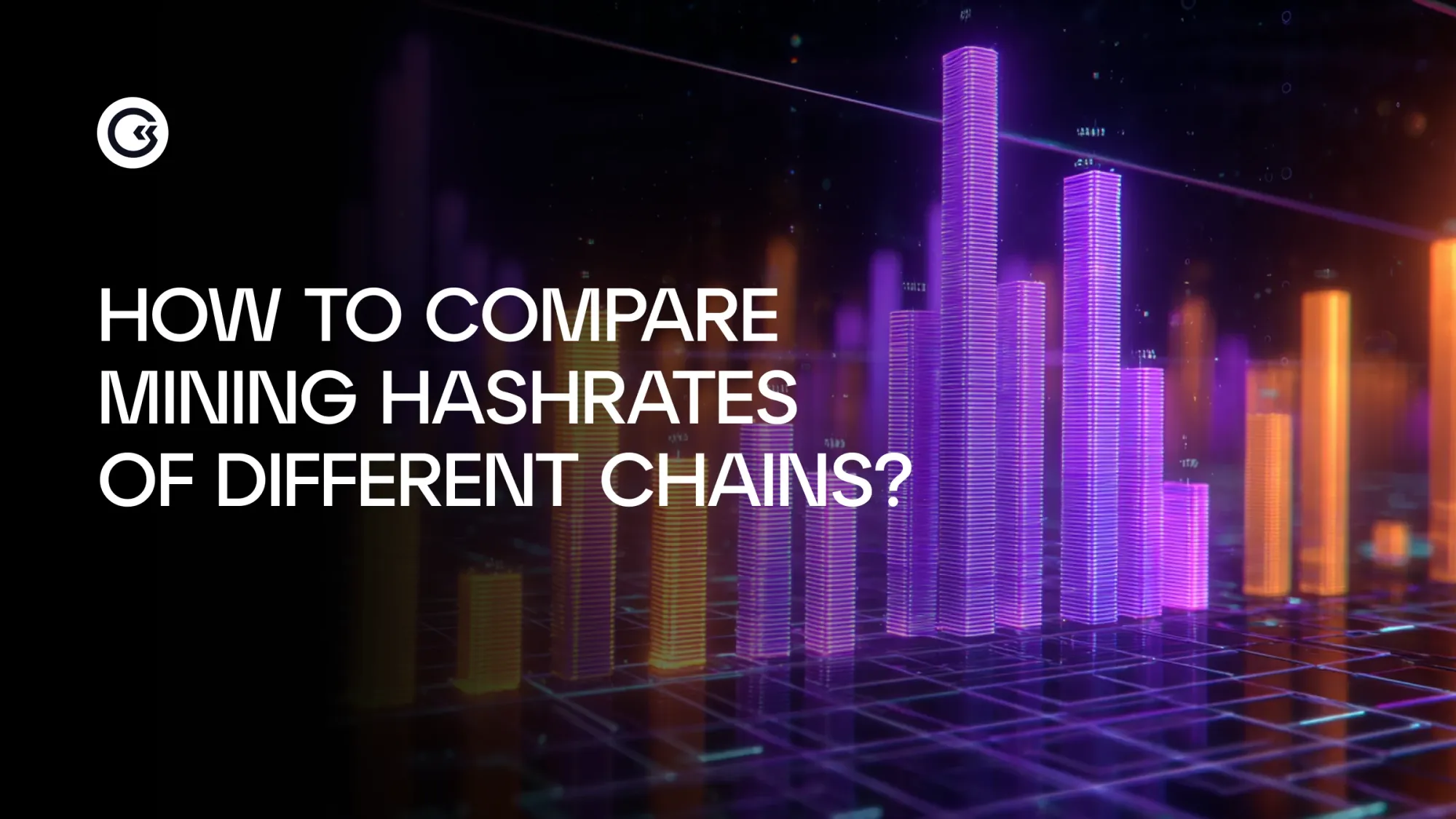Bitcoin mining has evolved far beyond its early days of hobbyists running mining machines in basements. As we move deeper into the 2020s, the mining industry is becoming an increasingly sophisticated intersection of finance, energy, and high-performance computing. Institutional investors—ranging from hedge funds to infrastructure players—are beginning to understand that mining isn't just about earning BTC. It’s also about strategically positioning within emerging sectors that are reshaping both digital and physical infrastructure.
Over the next decade, a convergence of forces will define the mining sector. Here are the 4 key trends institutions need to watch:
1. Decentralization Hashrate Growth
As geopolitical dynamics shift, so does the global distribution of hashpower. Post-2021, the U.S. became the leader in total hashrate, but rising electricity costs, regulatory scrutiny, and competing demands for energy could change that. In the U.S., larger power blocks are already in use or still need to be developed, which takes time. Meanwhile, AI and high-performance computing (HPC) companies are acquiring major mining firms and replacing ASIC Bitcoin miners with GPUs.
With the electrification of the economy and the onshoring of industrial activity, competition for power is intensifying. This is expected to slow relative hashrate growth in the world’s most dominant mining country—where 36% of all mining activity takes place in 2025.
As a result, we are likely to see a trend toward global decentralization, with regions such as Latin America, Africa, and the Middle East increasing their share of global hashrate. Additionally, as large-scale (50MW+) power capacity is increasingly acquired by AI/HPC firms, Bitcoin mining operations in the coming decade are likely to be smaller in scale and located where energy is remote, stranded, wasted, or underutilized.

U.S. Dominates Global Hashrate Distribution in 2025 (Source: HashrateIndex).
2. AI Computing Crossover
Perhaps the most transformative shift on the horizon is the convergence of Bitcoin mining and high-performance computing (HPC), particularly AI workloads. Both sectors demand large amounts of power, advanced cooling infrastructure, and real estate optimized for compute.
Some mining firms are already repurposing or developing dual-purpose data centers, integrating GPUs or AI accelerators alongside ASICs. This crossover opens up new monetization pathways for miners. As institutional demand for AI compute continues to outpace supply, Bitcoin miners with flexible infrastructure and access to low-cost energy could become highly sought after—not just as miners, but as scalable HPC providers.

AI/HPC Data Center (Source: Trenton Systems).
In the coming decade, it’s likely that AI/HPC and traditional data centers will also adopt Bitcoin mining. Mining provides a highly flexible load—ideal for optimizing energy management strategies, integrating intermittent renewable resources, monetizing underutilized power and infrastructure, and serving as a tool for load testing.
Software that enables seamless switching between different workloads will become increasingly sophisticated. Data center operators will be able to shift between Bitcoin mining and AI/HPC tasks within seconds, based on real-time energy prices, hashprice, and AI workload demand.
3. Bitcoin Mining as an Energy Optimization Tool
Bitcoin mining is evolving into a powerful tool for energy management and grid optimization. No longer just a computational process, mining is being deployed as a programmable load—a financial layer integrated into energy infrastructure. From mitigating flare gas in oil fields to participating in demand response programs in deregulated grids, mining is proving its value across the energy landscape.
Its programmable nature allows energy producers to enhance asset utilization, monetize waste or stranded resources, and balance local supply-demand mismatches. As a result, partnerships between mining firms and utilities, independent power producers (IPPs), and even governments are on the rise.
At the same time, mining is playing a growing role in accelerating renewable energy integration. By absorbing excess generation during periods of overproduction—such as midday solar or nighttime wind—and curtailing operations during peak demand, miners help reduce curtailment and improve grid resilience. This load flexibility turns mining into a strategic asset for supporting the stability and scalability of renewable energy systems.
As the energy sector shifts toward a more dynamic, decentralized model, Bitcoin mining is moving from niche experiment to a standard tool in the energy management playbook.

Bitcoin Mining Balancing a Grid With Intermittent Power Generation (Source: Digital Mining Solutions).
4. Financialization and New Investment Vehicles
Bitcoin mining is undergoing rapid financialization. What was once limited to owning ASIC hardware or equity in publicly traded mining companies is now expanding into a broader range of investment products accessible to both institutional and retail investors.
One key innovation is tokenized hashpower, which provides exposure to mining revenue streams without the need to own or operate physical infrastructure. We are also seeing the early development of hashrate futures, hashprice options, and structured products tied to variables such as network difficulty or energy prices. These instruments are designed to offer miners and investors new ways to hedge risk and generate yield.
In response to volatility in transaction fees, a new class of instruments may emerge—blockspace futures—allowing miners to sell guaranteed base layer transaction capacity to institutional players at fixed rates. This would mirror existing practices in traditional commodities, where producers sell forward contracts to lock in future revenue (e.g., oil futures, power purchase agreements in energy markets, or agricultural forward contracts).
As the mining sector matures, we may also see the development of:
- Hashrate exchange-traded products (ETPs), enabling passive exposure to mining economics;
- Hashrate swaps or difficulty swaps, allowing miners to trade exposure based on shifts in network competition;
- Compute-backed collateral, where hashrate contracts are used as security for borrowing or structured credit products;
- Synthetic hashrate indices, tracking regional or pool-based hashrate that can be benchmarked or traded against.
Ultimately, hashrate—the computing power of the Bitcoin network—could become a commoditized, tradable asset, similar to oil. This would enable Bitcoin mining to integrate more deeply into traditional capital markets, improve liquidity, and unlock entirely new models for capital deployment, risk management, and institutional participation.

Illustrative rendering of potential institutional trading infrastructure adoption
Final Thoughts
Bitcoin mining has outgrown its niche status. It’s rapidly becoming one of the most dynamic and strategically significant sectors at the intersection of digital assets, energy, and computing infrastructure. For institutions, the opportunities are vast—but so are the challenges.
Compliance is now a baseline requirement. Institutions entering the mining space will encounter rising expectations around transparency, environmental responsibility, OFAC compliance, and financial reporting. We’re likely to see a widening gap between opaque, offshore operations and professionalized, audit-ready mining enterprises. Capital will increasingly flow toward the latter—driving demand for specialized professional services, compliance tools, and governance frameworks built specifically for the mining industry.
At GoMining Institutional, we believe the future of Bitcoin mining will be defined by firms that combine scalable infrastructure, compliance-first operations, and adaptability across energy and compute sectors.
Nico Smid – Research Analyst, GoMining Institutional.
May 13, 2025












